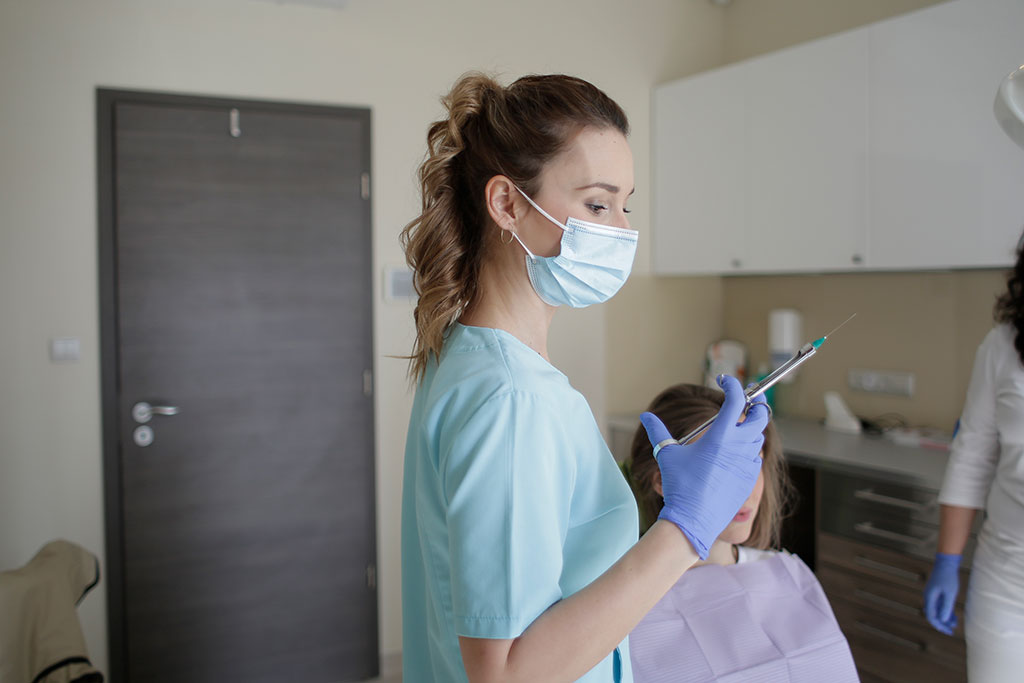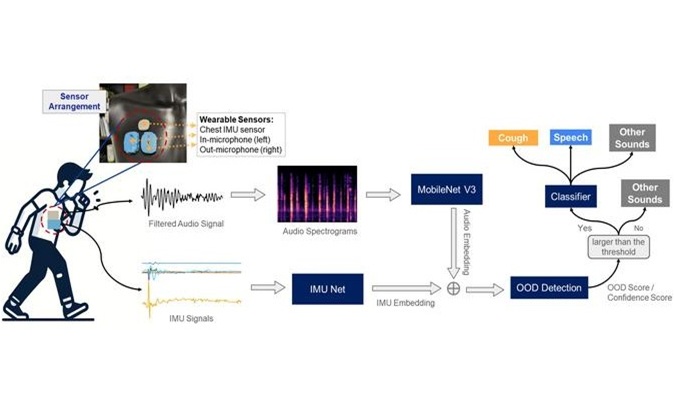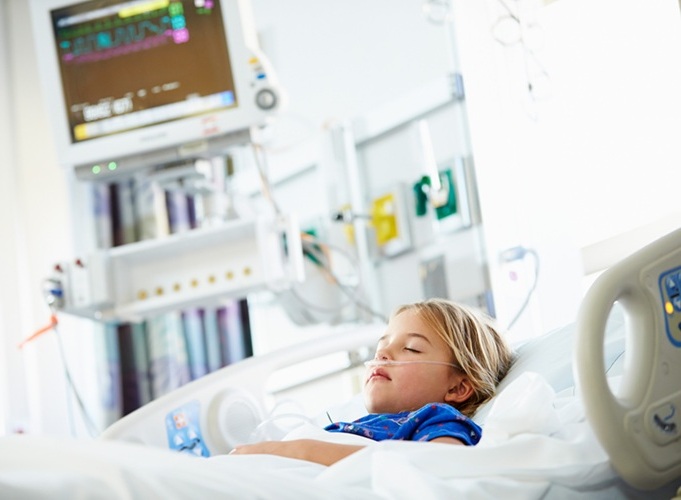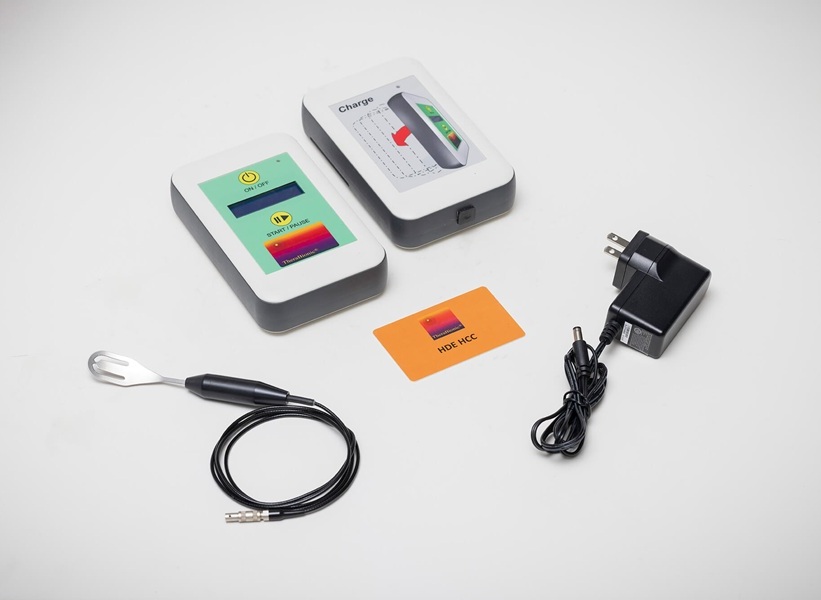AACC Releases Guidelines on Point-of-Care Testing for Non-Laboratorians
|
By HospiMedica International staff writers Posted on 14 Sep 2022 |

Point-of-care testing (POCT), or near-patient testing, is diagnostic testing conducted close to the patient, often by clinical personnel outside of the laboratory. POCT is regularly performed by personnel without a laboratory science degree or credentialing in laboratory medicine. Now, a new guidance document is available for non-laboratorians who are involved in setting up a process or physical space designed to provide testing at or near where patient care is provided.
The guide released by the American Association for Clinical Chemistry (AACC, Washington, DC, USA) presents the challenges to consider when selecting and implementing diagnostic testing. It provides an overview of POCT, including a discussion of the cost-benefit analysis of implementing POCT and the use of POCT in various healthcare settings. The AACC guide presents the challenges to consider when selecting and implementing POCT. It also offers tools to address and manage those challenges and offers solutions to overcome barriers faced in various settings to ensure quality test results that are reliable for patient care.
The AACC guide includes addenda, including glossaries, templates, and forms, to serve as tools in the implementation of POCT. These are for reference use only; individual POCT laboratories may have unique needs. The guide is not meant to be an all-inclusive ‘how to’ set up a POCT laboratory and is to be used as supportive instruction and education to implement good laboratory practices, according to the AACC. The guide is most helpful when used in conjunction with all information provided by the test manufacturer, including the Manufacturer’s Instructions for Use (MIFU) for testing materials, products, and devices that one has selected to provide laboratory testing services to patients.
Related Links:
AACC
Latest Industry News
Channels
Critical Care
view channel
Origami Robots to Deliver Medicine Less Invasively and More Effectively
Delivering medicine to ulcers or other internal sites often requires invasive procedures that can disrupt surrounding tissues and lengthen recovery times. Traditional magnetic actuators used in soft robotics... Read more
Improved Cough-Detection Technology Aids Health Monitoring
Coughing serves as an important biomarker for tracking a variety of conditions and can help monitor the progress of respiratory diseases or predict when someone’s asthma is being exacerbated.... Read moreSurgical Techniques
view channel
Novel Glue Prevents Complications After Breast Cancer Surgery
Seroma and prolonged lymphorrhea are among the most common complications following axillary lymphadenectomy in breast cancer patients. These postoperative issues can delay recovery and postpone the start... Read more
Breakthrough Brain Implant Enables Safer and More Precise Drug Delivery
Delivering medication directly to specific regions of the brain has long been a major challenge in treating neurological disorders. Current implants and infusion systems typically reach only one or two... Read morePatient Care
view channel
Revolutionary Automatic IV-Line Flushing Device to Enhance Infusion Care
More than 80% of in-hospital patients receive intravenous (IV) therapy. Every dose of IV medicine delivered in a small volume (<250 mL) infusion bag should be followed by subsequent flushing to ensure... Read more
VR Training Tool Combats Contamination of Portable Medical Equipment
Healthcare-associated infections (HAIs) impact one in every 31 patients, cause nearly 100,000 deaths each year, and cost USD 28.4 billion in direct medical expenses. Notably, up to 75% of these infections... Read more
Portable Biosensor Platform to Reduce Hospital-Acquired Infections
Approximately 4 million patients in the European Union acquire healthcare-associated infections (HAIs) or nosocomial infections each year, with around 37,000 deaths directly resulting from these infections,... Read moreFirst-Of-Its-Kind Portable Germicidal Light Technology Disinfects High-Touch Clinical Surfaces in Seconds
Reducing healthcare-acquired infections (HAIs) remains a pressing issue within global healthcare systems. In the United States alone, 1.7 million patients contract HAIs annually, leading to approximately... Read moreHealth IT
view channel
Printable Molecule-Selective Nanoparticles Enable Mass Production of Wearable Biosensors
The future of medicine is likely to focus on the personalization of healthcare—understanding exactly what an individual requires and delivering the appropriate combination of nutrients, metabolites, and... Read moreBusiness
view channel
Philips and Masimo Partner to Advance Patient Monitoring Measurement Technologies
Royal Philips (Amsterdam, Netherlands) and Masimo (Irvine, California, USA) have renewed their multi-year strategic collaboration, combining Philips’ expertise in patient monitoring with Masimo’s noninvasive... Read more
B. Braun Acquires Digital Microsurgery Company True Digital Surgery
The high-end microsurgery market in neurosurgery, spine, and ENT is undergoing a significant transformation. Traditional analog microscopes are giving way to digital exoscopes, which provide improved visualization,... Read more
CMEF 2025 to Promote Holistic and High-Quality Development of Medical and Health Industry
The 92nd China International Medical Equipment Fair (CMEF 2025) Autumn Exhibition is scheduled to be held from September 26 to 29 at the China Import and Export Fair Complex (Canton Fair Complex) in Guangzhou.... Read more
















